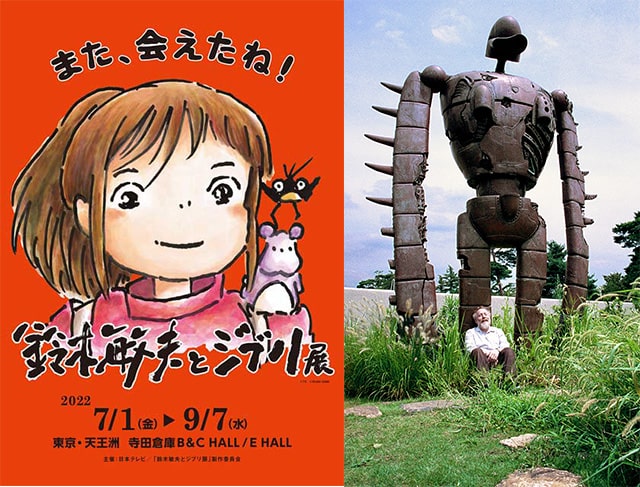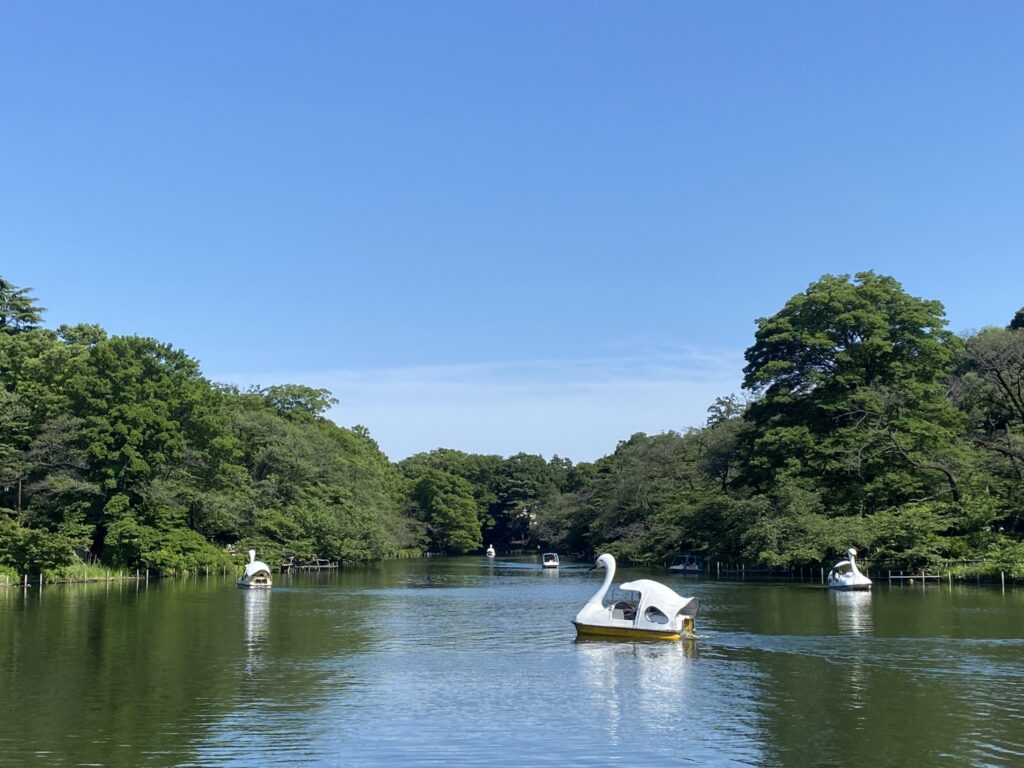The Ghibli Museum in Mitaka, Tokyo, is a must-visit destination for fans of Studio Ghibli films and anyone fascinated by Japanese animation. This guide will help you navigate the ticketing process, plan your journey, explore the museum’s unique attractions, and make the most of your visit. From short films exclusive to the museum to charming exhibits inspired by beloved movies, your adventure into the world of Hayao Miyazaki begins here.
How to Get Tickets for the Ghibli Museum
The Ghibli Museum is extremely popular, and tickets can be scarce due to its limited capacity and high demand. It’s essential to purchase tickets in advance, as they are not available at the museum entrance. Tickets are typically released three months in advance and often sell out quickly, so planning ahead is crucial.
Where to Buy Tickets

- Online via Lawson Ticketing: The most common way to purchase tickets is through the Lawson Ticket website, available in both Japanese and English. However, international visitors might find it challenging to navigate the Japanese version. To ease the process, consider using the Google Translate plugin or following a step-by-step guide available on various travel blogs.
- Lawson Convenience Stores: If you’re already in Japan, you can buy tickets at Lawson convenience stores using the Loppi machine, which has an English-language option. This method can be more convenient for tourists who are not comfortable with online transactions.
- JTB Travel Agencies: For those preferring a more personal touch, JTB travel agencies offer ticket sales, often as part of a package that includes transportation and accommodation. This option can be ideal for international tourists seeking a hassle-free experience.
By understanding these methods, securing your ticket to the Ghibli Museum becomes more manageable, ensuring you won’t miss out on this magical experience.
Getting to the Ghibli Museum: Directions and Transportation Options
The Ghibli Museum is located in Mitaka, a suburban area west of central Tokyo. Getting there is straightforward, with several convenient options available for visitors.
Directions from Tokyo

- By Train: The most popular way to reach the Ghibli Museum is by taking the JR Chuo Line from Shinjuku Station. The journey takes approximately 20 minutes to Mitaka Station. Once there, a community bus, often decorated with Ghibli characters, runs every 10 minutes from Mitaka Station to the museum, providing a direct and convenient option.
- By Taxi or Rideshare: For those who prefer a more private mode of transportation, taxis and rideshare services are available from any part of Tokyo. However, this option can be significantly more expensive compared to public transportation.
- Walking: If you prefer a more scenic route, walking from Mitaka Station to the museum takes about 15 minutes. The path leads through Inokashira Park, offering a pleasant stroll before arriving at the museum.
Understanding these transportation options will help you reach the Ghibli Museum efficiently and comfortably, allowing more time to enjoy the experience.
What to See and Do at the Ghibli Museum
The Ghibli Museum is designed to immerse visitors in the whimsical world of Studio Ghibli, offering a unique experience that blends art, animation, and storytelling. The museum is structured to encourage exploration and discovery, with no set route for visitors to follow.
Key Features of the Museum

- The Saturn Theater: One of the highlights is the Saturn Theater, where exclusive short films, not available elsewhere, are screened. These films rotate regularly, providing a fresh experience for repeat visitors. Each film showcases the creativity and magic that Ghibli is known for, making it a must-see during your visit.
- The Catbus Room: Especially popular among children, the Catbus Room features a life-sized Catbus that young visitors can climb and play on, bringing to life the beloved character from My Neighbor Totoro.
- Rooftop Garden: Another enchanting feature is the rooftop garden, where you can find a life-sized statue of the Robot Soldier from Castle in the Sky. The garden provides a serene setting with a fantastic view, perfect for photo opportunities.
- Exhibit Rooms: These rooms feature displays of Ghibli artwork and detailed animation processes, offering insight into the creation of Ghibli films. The exhibits change periodically, ensuring that even repeat visitors can find something new to admire.
By exploring these attractions, visitors can fully appreciate the charm and artistry that make Studio Ghibli’s films timeless.
Special Exhibits and Seasonal Events
The Ghibli Museum frequently hosts special exhibitions that focus on specific themes or films, offering deeper insights into particular aspects of Ghibli’s work. These exhibitions change periodically, making each visit unique. Checking the museum’s official website before planning your visit can help you catch these limited-time exhibits.
Tips for a Memorable Visit

- Best Times to Visit: To avoid the crowds, it’s advisable to visit the museum on weekday mornings. This allows for a more relaxed experience and easier access to exhibits and attractions.
- Language Assistance: While most exhibits are in Japanese, English-language pamphlets and guides are available. Additionally, some staff members can assist in English, ensuring that international visitors can fully enjoy their experience.
- Nearby Attractions: After visiting the museum, consider exploring Inokashira Park, a beautiful area ideal for relaxing and enjoying nature. The park also houses a small zoo and a boating lake, offering further activities for families and visitors.
No-Photography Policy: To maintain the ambiance and magic of the museum, photography is not allowed inside. Be sure to respect this rule to preserve the experience for all visitors.











